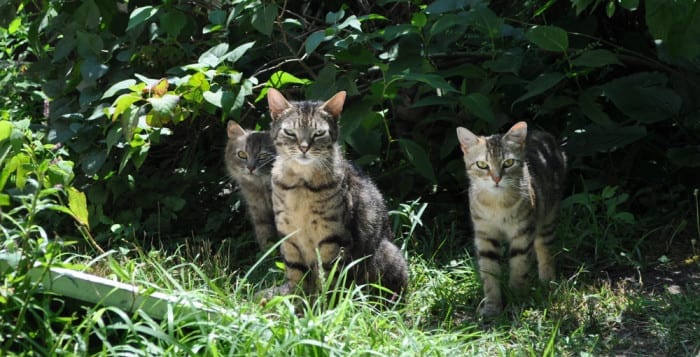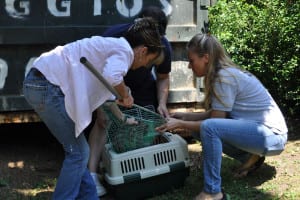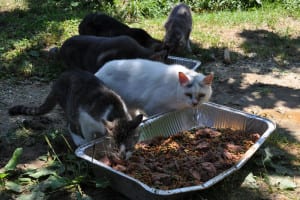I am inspired by the 30th Olympiad to discuss the implications of exercise. It would be nice if we could all be in the shape of Olympians, but most of us simply hope that, if we exercise more, we will burn more calories and lose more weight. However, there is a new study addressing this assumption, and the results are disappointing.
Does this mean we should give up exercise, or that exercise has little impact on our lives? The answer is a resounding “no.” We have to look beyond weight loss, just as we do when considering the differences in diets — as I did in last week’s article — to disease prevention and modification.
We know that exercise can alter the course of many chronic diseases, including the top 10 diseases responsible for killing many Americans, including diabetes, heart disease, stroke and cancer. I am going to focus on diabetes treatment and prevention, highlighting several recent studies.
Weight loss and exercise
The presumption has always been that if we exercise, we will lose weight equivalent to the amount of effort that we put into the activity. But, as many of us have experienced, we lose weight at a slower rate than predicted, maintain our weight or even continue to gain weight. Why is this?
In a study, anthropologists looked at a tribe in Tanzania to try to explain why exercise does not seem to reduce weight to the degree that we would expect (PLoS One. 2012;7(7):e40503). They followed the Hadza tribe — hunter and gatherers — for 11 days with GPS, tracking how active they were and their metabolic rates. While they were more active than most Americans — seven miles a day for men and three miles a day for women — they did not have a higher resting metabolic rate. In other words, they were not burning more calories. Their bodies seemed to adapt.
The authors, therefore, surmise that exercise cannot overcome the typical western high-calorie diet. This seems to be reinforced by another study that concluded the same thing about calorie-dense diets being hard to overcome (Obes Rev. 2012 Jun 11). For those of you who think that exercise is a pass to eat what you want, think again.
Also, lower body mass burns fewer calories for the same level of effort. For example, if my wife and I get on two treadmills with the same settings and for the same period of time, since I weigh more, I burn more calories than she does.
The researchers who investigated the Hadza tribe, did not look at weight-lifting or resistance training and their impacts on body composition. As we build muscle, it may be hard to lose weight. A pound of muscle, while weighing the same as a pound of fat, has a higher density. So you can be fit without losing as much weight as you replace fat with muscle. Just look at those Olympians.
Weight-lifting impact
Resistance training seems to have more of an impact on body composition. In a randomized controlled trial of women, ages 25 to 44, participants who were in the treatment group saw a significantly greater reduction in body fat percentage than the control group, at 3.8 percent and 0.14 percent respectively (Am J Clin Nutr. 2007 Sep;86(3):566-72). The treatment group followed a regimen of strength training twice a week, compared to the control group, who were given brochures for aerobic exercise.
Aerobic and anaerobic impact on diabetes
In a meta-analysis (a group of studies, including a very large prospective observational study called EPIC), patients who had diabetes at baseline and were physically active had a much lower risk of dying from cardiovascular disease and a significant reduction in total mortality, compared to those who were least active (Arch Intern Med. online August 6, 2012). Interestingly, the group that did moderate amounts of activity daily saw the largest reductions in overall mortality and death due to cardiovascular disease, at 38 percent and 49 percent respectively. Therefore, you don’t have to be an Olympian to get gold medal results in preventing complications from diabetes.
There were also surprisingly inspiring results with short durations of exercise in diabetes. Three short anaerobic exercise bouts of 10 minutes each daily were potentially more efficacious in helping to control glucose levels in diabetes patients, compared to 30 minutes once a day, as the results showed in a small randomized controlled trial (Diabetologia. 2007 Nov;50(11):2245-53).
Intensity did not seem to be as important as duration in preventing diabetes. In the Health Professionals Follow-up Study, 150 minutes a week of strength training or aerobic exercise are critical to reducing diabetes risk (Arch Intern Med. online August 6, 2012), at 34 percent and 52 percent respectively. The greatest reduction in risk was when participants did a combination of strength and aerobic activities within the 150 minutes.
So the message ultimately is that putting on lean body mass by weight lifting may be a more effective way to change body composition than aerobic exercise alone. And aerobic exercise has tremendous benefits in treating and preventing chronic disease, even in moderate amounts done in short bursts. Ideally, lifestyle modifications should include both exercise and diet in order to reach weight-loss goals.
Dr. Dunaief is a speaker, author and local lifestyle medicine physician focusing on the integration of medicine, nutrition, fitness and stress management. For further information, go to the website www.medicalcompassmd.com and/or consult your personal physician.








